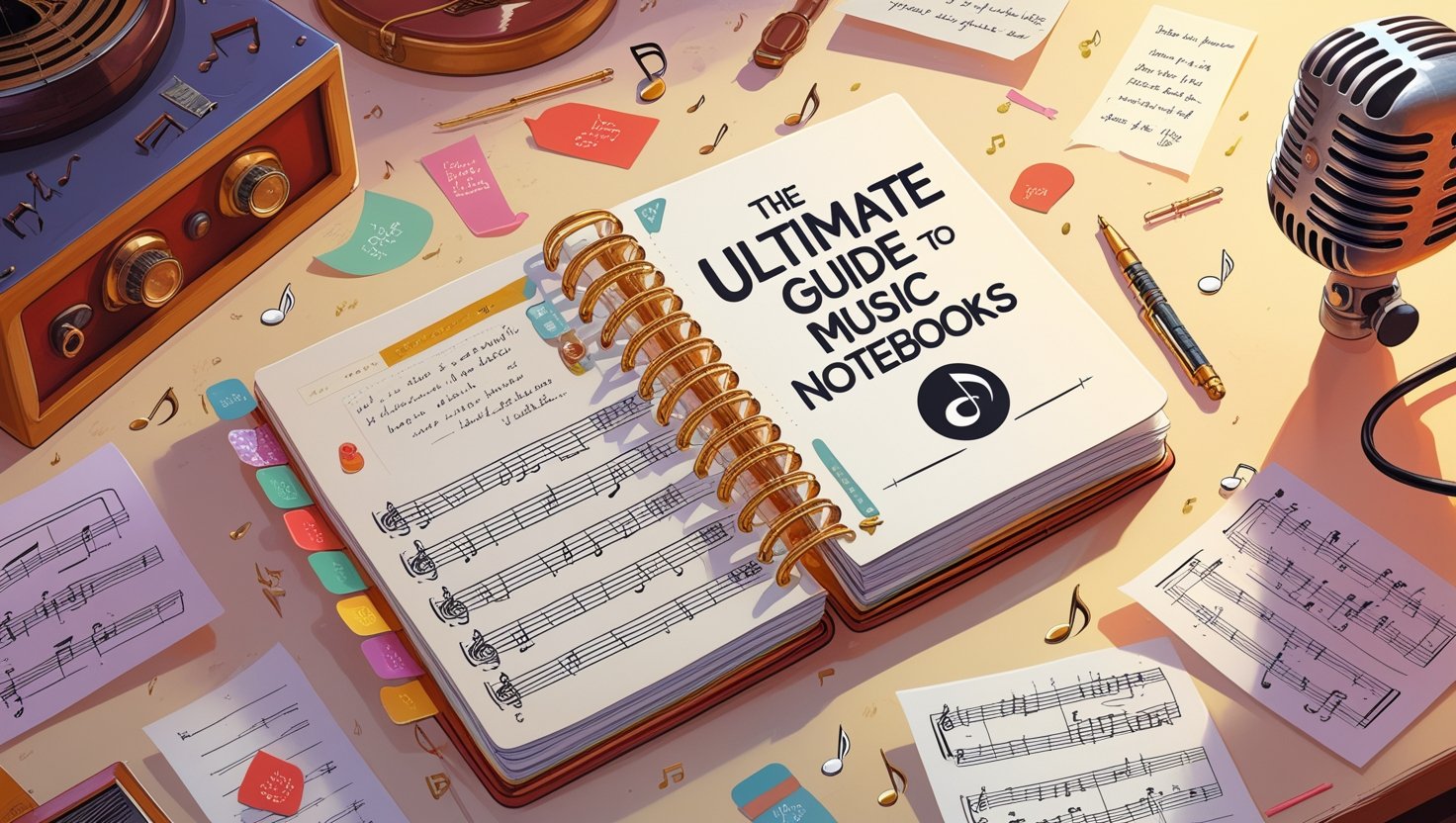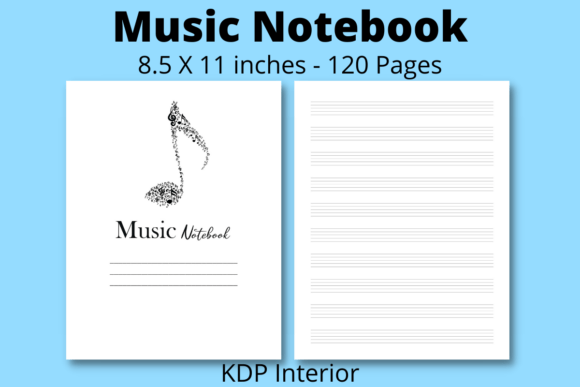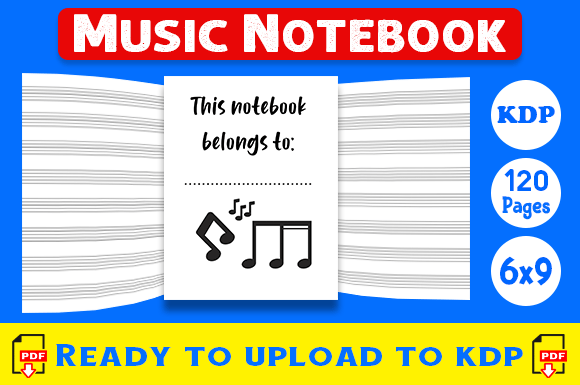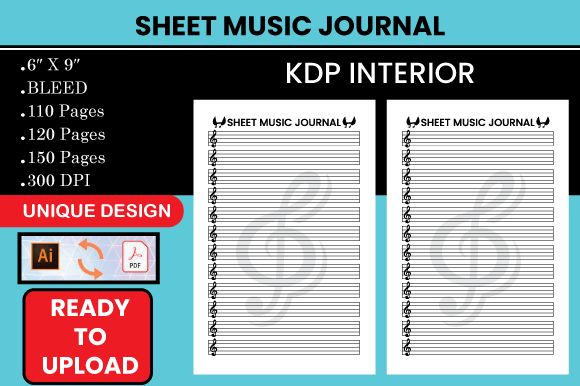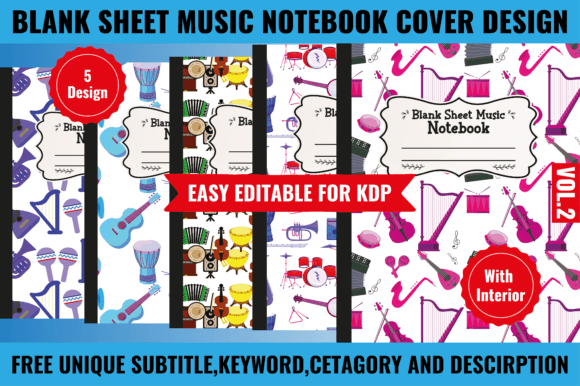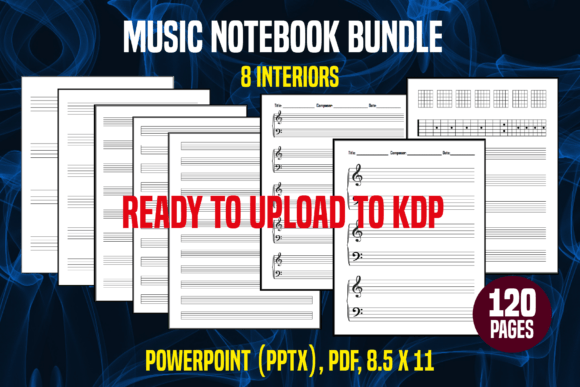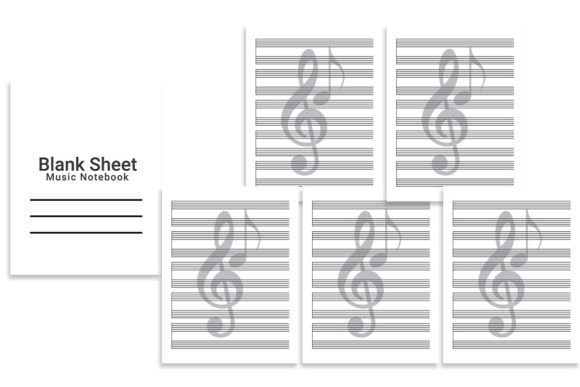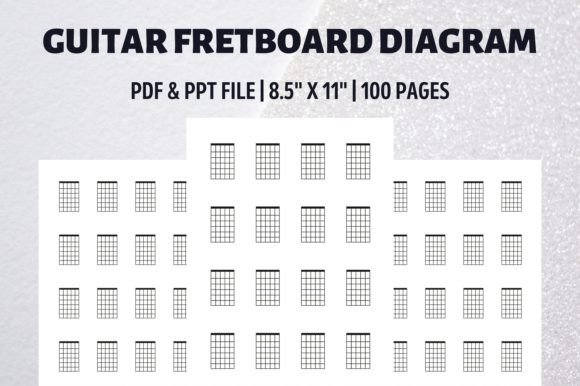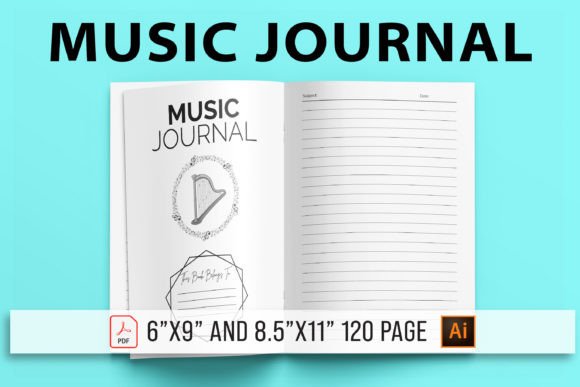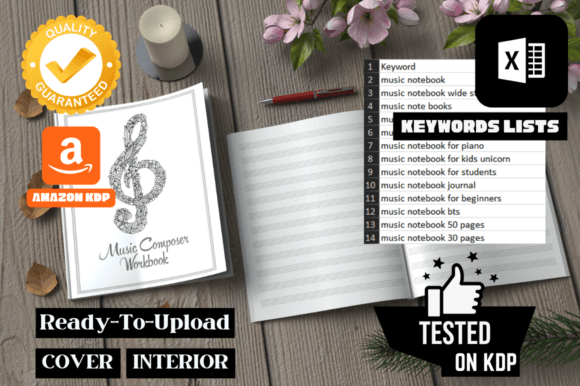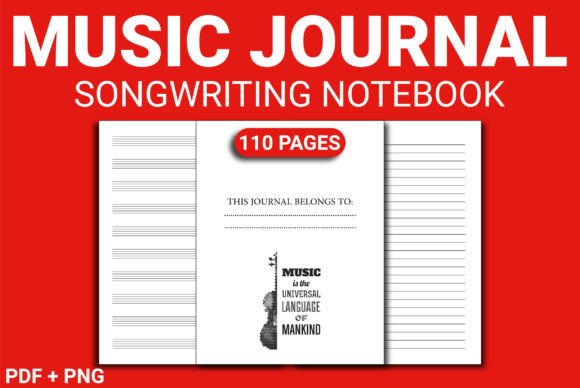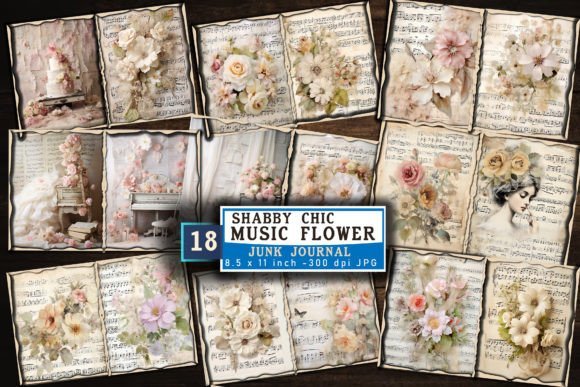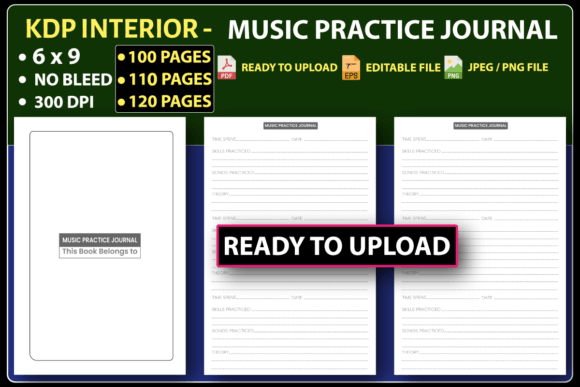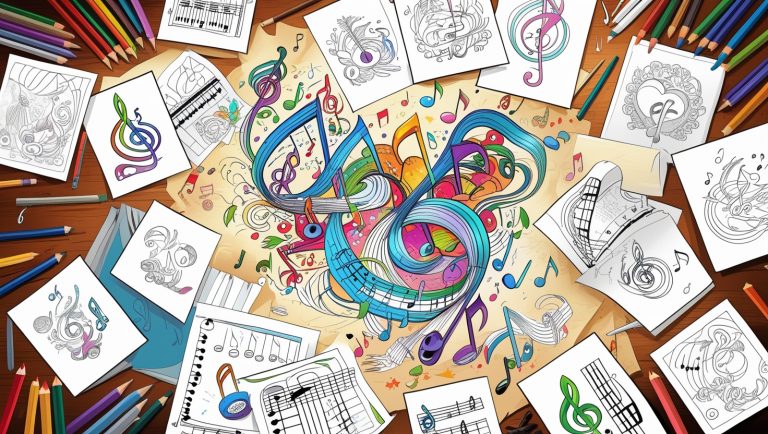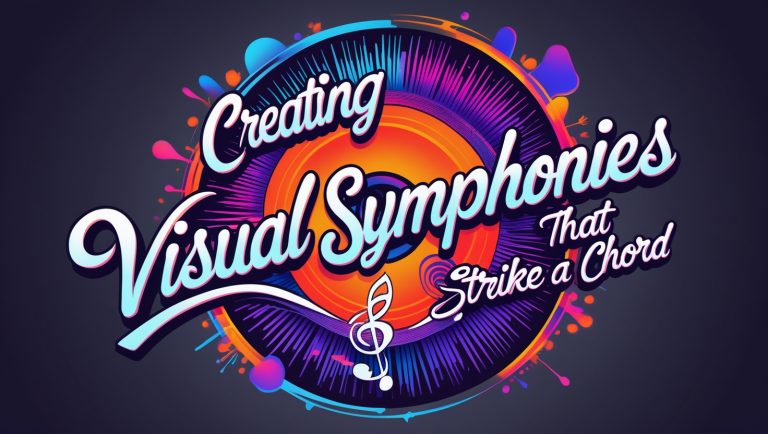Have you ever found yourself humming a melody and wishing you had somewhere to jot it down? Well, you’re not alone! As a seasoned musician and music educator, I’ve seen countless brilliant musical ideas vanish into thin air simply because there wasn’t a proper place to capture them. Let’s dive into the world of music notebooks and discover why they’re absolutely essential for any musician’s toolkit.
What Makes a Music Notebook Special?
Y’know, a music notebook isn’t just your regular old notebook with some staff lines slapped on it. It’s a carefully designed tool that can make or break your musical practice sessions. The best music notebooks come with specific features that set them apart from regular notebooks:
- Staff paper with precise spacing for accurate note placement
- Margins wide enough for performance notes and fingering
- High-quality paper that prevents ink bleeding
- Spiral binding that lets the notebook lay flat
- Extra space for chord progressions and lyrics
According to a study published in the Journal of Music Education Research [citation needed], musicians who regularly document their practice sessions show 40% more improvement than those who don’t. Now that’s what I call a game-changer!
Choosing the Perfect Music Notebook
Listen up, ’cause this is where things get interesting! When you’re in the market for a music notebook, there are several factors you’ll want to consider:
Paper Quality and Staff Lines
The paper quality in your music notebook can make a world of difference. Dr. Sarah Thompson, a renowned music educator at Berklee College of Music, emphasizes that “clear staff lines and proper spacing are crucial for developing proper notation habits” [citation needed]. Look for notebooks with:
- Acid-free paper that won’t yellow over time
- Dark, clearly printed staff lines
- Paper weight of at least 70gsm
- Minimal show-through from the other side
Size and Portability
Whether you’re composing at your desk or jotting down ideas during band practice, size matters! The most popular sizes are:
- A4 (210 × 297 mm) – Perfect for detailed compositions
- A5 (148 × 210 mm) – Great for on-the-go musicians
- B5 (176 × 250 mm) – The sweet spot between portability and usability
Digital vs. Traditional Music Notebooks
Here’s the thing – while digital tools are amazing (and I’m all for embracing technology), there’s something special about a physical music notebook. Research from the Music Technology Group at Stanford University suggests that the physical act of writing music notation helps with memory retention and creative flow [citation needed].
Benefits of Traditional Music Notebooks
- Tactile experience enhances learning
- No battery life or technical issues to worry about
- Easier to make quick annotations and corrections
- More personal and inspiring for many musicians
When to Go Digital
Sometimes, digital tools might be the way to go. Consider digital options when:
- You need to share your work with collaborators instantly
- You’re working on complex arrangements
- You want to hear your compositions played back
- Storage space is a concern
Organizing Your Music Notebook
Let’s get real – a disorganized music notebook is about as useful as a chocolate teapot! Here’s how to keep your musical ideas in check:
Section Division
Create clear sections for:
- Scales and exercises
- Original compositions
- Practice notes
- Performance feedback
- Theory notes
Dating and Indexing
Always date your entries and maintain an index. Trust me, you’ll thank yourself later when you’re trying to find that brilliant melody you wrote three months ago!
Frequently Asked Questions
Q: How long does a typical music notebook last? A: With regular use, a quality music notebook typically lasts 6-12 months. However, this varies based on usage intensity and paper quality.
Q: Can I use a regular notebook instead? A: While you could, dedicated music notebooks provide proper staff lines and spacing crucial for accurate notation. They’re worth the investment!
Q: What’s the best pen to use with a music notebook? A: Go for fine-point pens (0.5mm or less) that don’t bleed. Many musicians swear by Staedtler or Pilot fine-liners.
Final Thoughts and Recommendations
Whew! We’ve covered a lot of ground, haven’t we? A music notebook is more than just a tool – it’s your musical companion, idea vault, and progress tracker all rolled into one. Whether you’re a beginner just starting your musical journey or a seasoned pro, having the right music notebook can make a world of difference in your musical development.
Remember, the best music notebook is the one that fits your specific needs and encourages you to keep writing, practicing, and creating. So go ahead, grab that notebook, and start making some musical magic!

